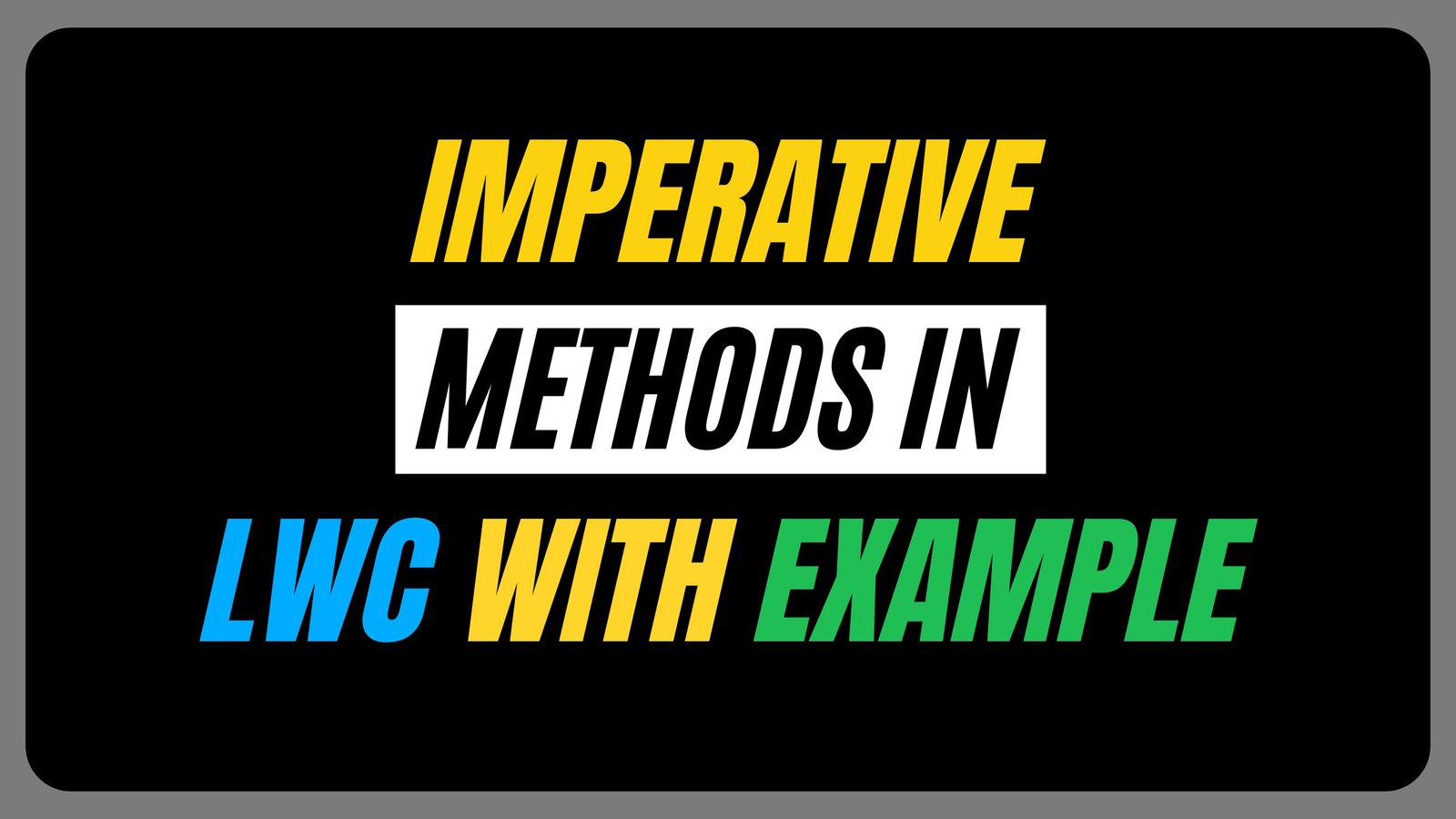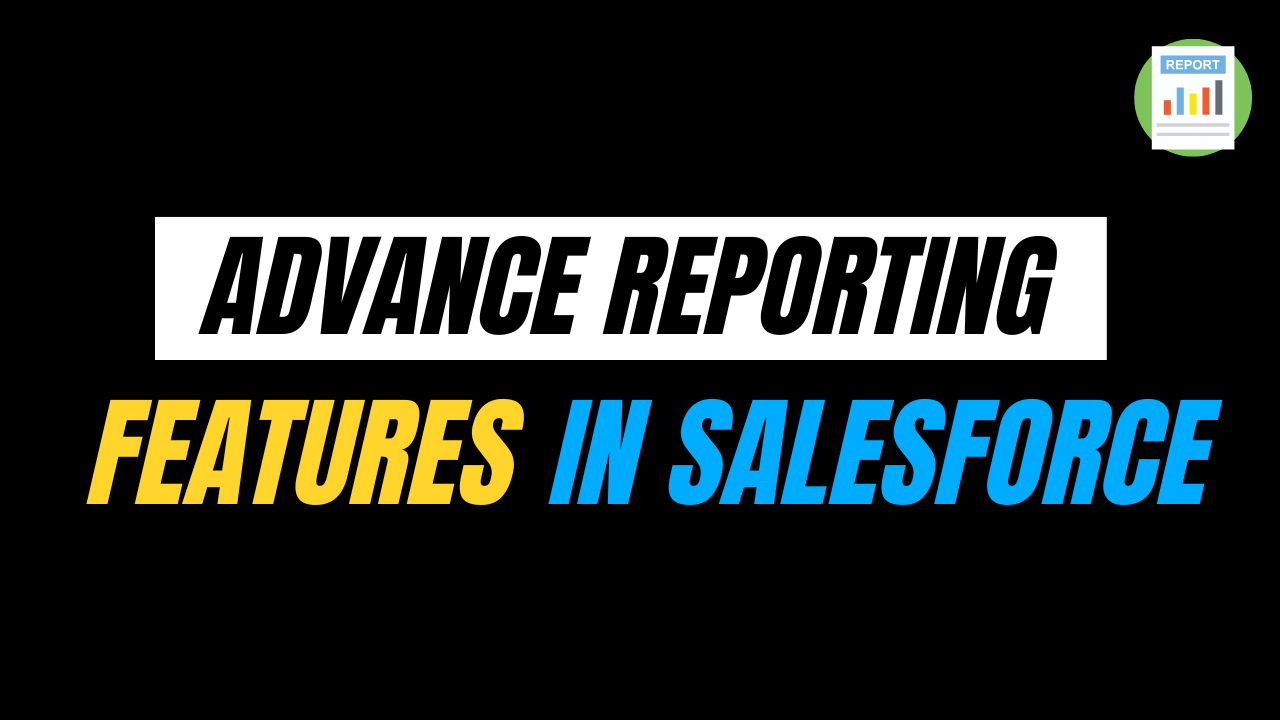Lightning Web Components (LWC) in Salesforce provide two primary ways to call Apex methods: Imperative and Wire. Both methods serve different purposes and are used in different scenarios. In this blog post, we’ll dive deep into how to use imperative methods in LWC, explore the differences between imperative and wire methods, and discuss when to use each approach.
1. What is an Imperative Method in LWC?
An imperative method in LWC is a way to call an Apex method explicitly using JavaScript. It gives you full control over when and how the Apex method is called. This approach is useful when you need to trigger an Apex call based on user actions (e.g., button clicks) or other dynamic conditions.
Key Characteristics of Imperative Methods
- Explicit Calls: You manually call the Apex method using JavaScript.
- Flexibility: You can call the method at any time, such as in response to user interactions.
- Control: You handle the response and errors programmatically.
2. How to Use Imperative Methods in LWC
Example 1: Fetching Data on Button Click
In this example, we’ll fetch a list of contacts when a button is clicked.
Step 1: Create an Apex Method
Step 2: Import and Call the Apex Method in LWC
Step 3: Display Data in the Template
Example 2: Calling an Apex Method with Parameters
In this example, we’ll fetch contacts for a specific account by passing a parameter to the Apex method.
Step 1: Create an Apex Method
Step 2: Import and Call the Apex Method in LWC
Step 3: Display Data in the Template
Example 3: Error Handling in Imperative Calls
In this example, we’ll demonstrate robust error handling for an imperative Apex call.
Step 1: Create an Apex Method
Step 2: Import and Call the Apex Method in LWC
Step 3: Display Data in the Template
3. What is a Wire Method in LWC?
A wire method in LWC is a reactive way to call an Apex method. It automatically fetches data when the component loads or when the parameters change. The wire method is declarative, meaning you don’t need to manually call the Apex method.
Example of a Wire Method
4. Key Differences Between Imperative and Wire Methods
5. When to Use Imperative vs. Wire Methods
Use Imperative Methods When:
- You need to call an Apex method based on user actions (e.g., button clicks, form submissions).
- You want full control over when the method is called.
- The Apex method is not cacheable (e.g., it performs DML operations).
Use Wire Methods When:
- You want to automatically load data when the component loads.
- The Apex method is cacheable (e.g., it only reads data).
- You want to reactively update data when parameters change.
6. Best Practices
- Use Wire Methods for Read-Only Data: If you’re only reading data and don’t need to trigger the call manually, use wire methods.
- Use Imperative Methods for DML Operations: For actions that modify data (e.g., insert, update, delete), use imperative methods.
- Handle Errors Gracefully: Always handle errors in both imperative and wire methods to provide a good user experience.
- Leverage Caching: Use cacheable=true in Apex methods to improve performance when using wire methods.
- Avoid Overloading: Use wire methods sparingly for large datasets to avoid performance issues.
Are you preparing for the Salesforce AI Certifications? Check out the Salesforce certification practice set here
FAQs
1. What is the difference between imperative Apex calls and wire methods in LWC?
Wire Methods: Automatically handle data fetching and reactivity. They are declarative and best suited for scenarios where data needs to be refreshed when parameters change.
Imperative Methods: Require explicit calls to fetch data. They are useful when you need to control when the data is fetched (e.g., on a button click or after some condition is met).
2. Can you call an imperative Apex method multiple times in LWC?
Yes, you can call an imperative Apex method multiple times. However, you need to ensure that the previous call is complete before making the next call, or you might run into race conditions.
3. How do you handle errors in imperative Apex calls in LWC?
You can handle errors in imperative Apex calls using a try-catch block. This ensures that any exceptions thrown during the Apex call are caught and handled gracefully.
4. Can you use imperative Apex methods with Lightning Data Service (LDS) in LWC?
No, imperative Apex methods and Lightning Data Service (LDS) are separate mechanisms. LDS is used for CRUD operations on records without writing Apex, while imperative Apex methods are used to call custom Apex logic.
Conclusion
Both imperative and wire methods are essential tools in LWC for calling Apex methods. The choice between them depends on your use case:
Use imperative methods when you need direct control over user-triggered actions. Use wire methods for automatic, reactive data loading with built-in caching. By understanding the differences and best practices, you can build efficient, responsive, and user-friendly Lightning Web Components in Salesforce. Whether you’re fetching data on load or triggering actions based on user input, LWC provides the flexibility to meet your needs.




